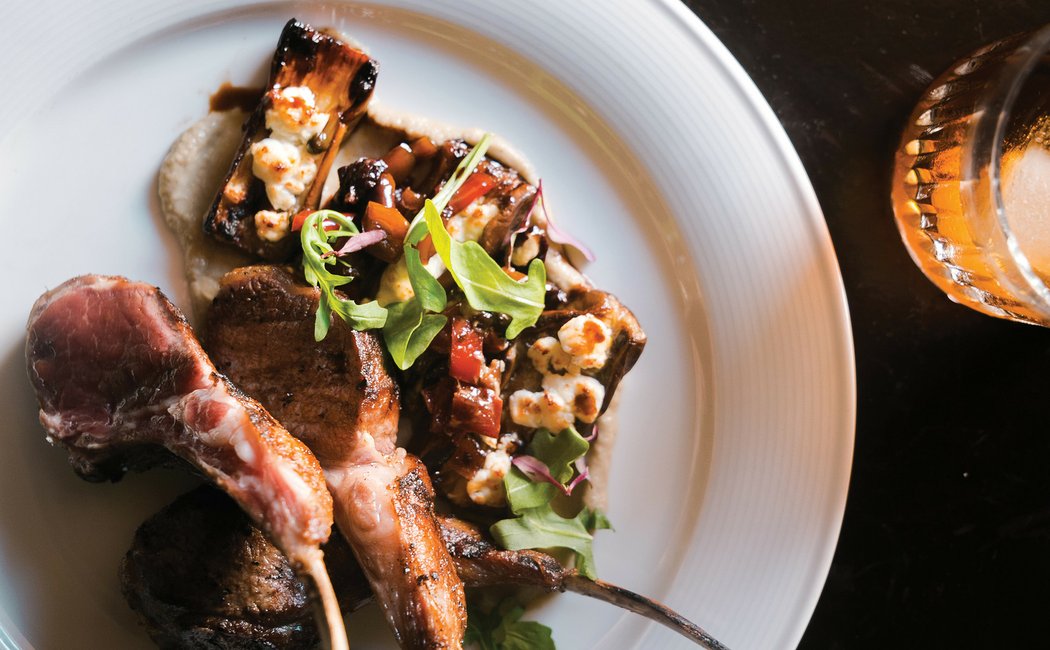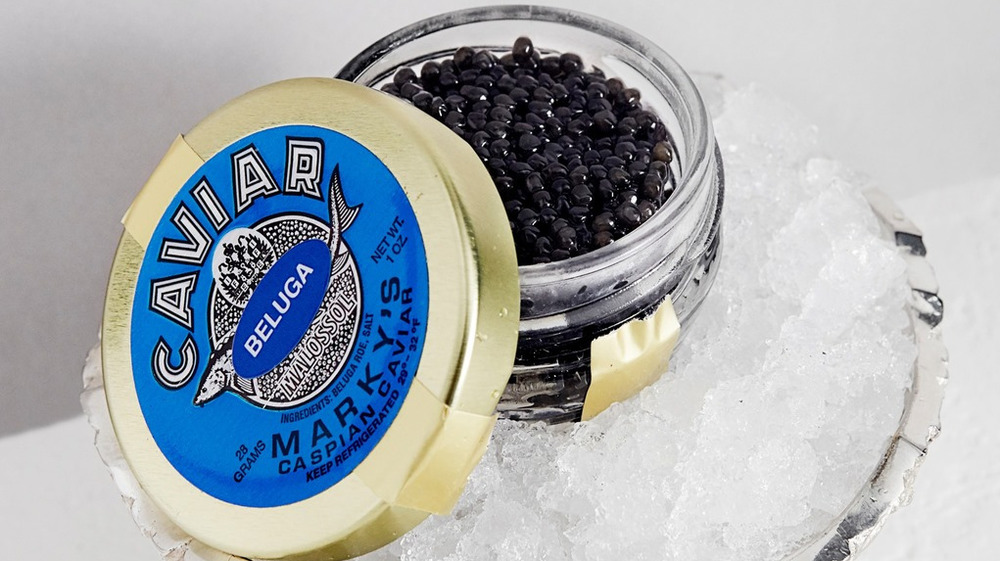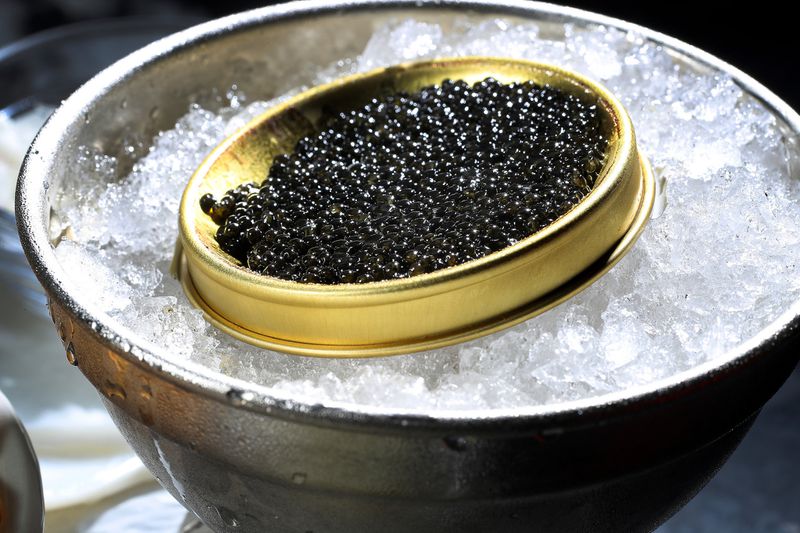The Science of Food Pairing: Creating Harmonious Flavors on Your Plate
Do you ever wonder how experienced chefs create such spectacular flavor combinations on the plate? Some of these seemingly intricate pairings may appear to be random decisions, but in reality there is a science behind them. The deliberate combining of ingredients to create harmonious and complementary flavors has been practiced since ancient times and is known today as food pairing. But what exactly does it mean, and why should we care? From reducing ingredient costs to providing nutrition balance, understanding food pairing can help make every meal more delicious and enjoyable! Let's explore the art – no, science – of food pairing together.
What is food pairing and why does it matter in the culinary world
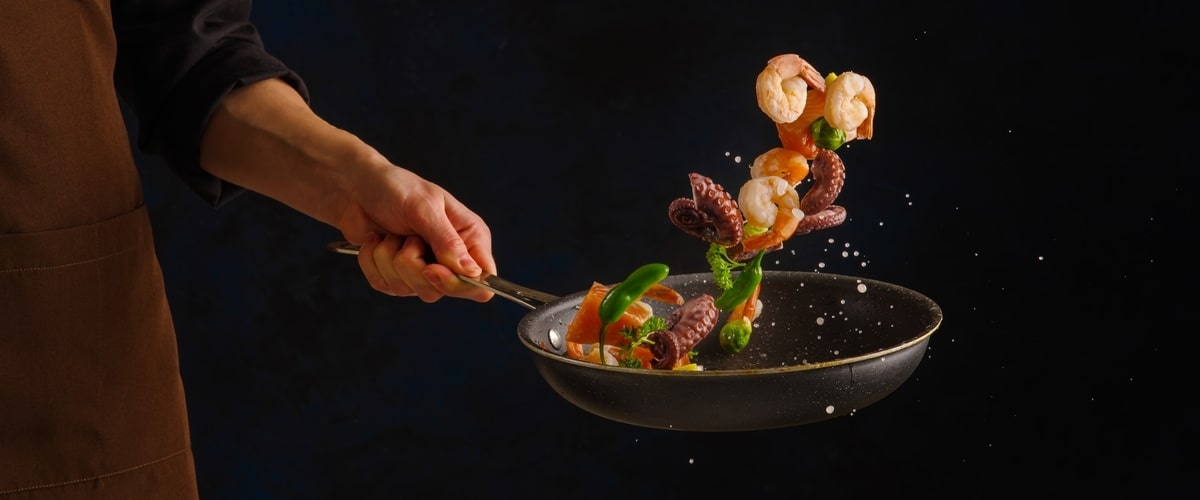
Food pairing, an art of matching ingredients based on their flavor and aroma, is much more than a mere culinary trend. It is one of the most fundamental approaches that professional chefs use to create extraordinary dishes. Food pairing requires an intricate knowledge of ingredients and how they interact with each other to unveil new flavors and textures. Pairing food isn't just about combining ingredients that taste good together, but rather about exploiting the natural chemical reactions that take place in the food. The benefits of food pairing are undeniable, including elevating flavor profiles and highlighting subtle tastes that may have been otherwise undiscovered. It is fascinating to see how easily a chef can take a few ingredients, find unexpected combinations, and create a culinary masterpiece. Food pairing is a creative and essential element in the culinary world and plays a crucial role in elevating the dining experience.
The science behind food pairing - understanding flavors, textures and aromas
Have you ever wondered why some dishes taste so good together while others just don't seem to hit the mark? It all comes down to the science behind food pairing. Understanding flavors, textures, and aromas is key to creating dishes that are not only delicious but also complement each other perfectly. Passionate chefs and food enthusiasts alike have long been experimenting with different combinations to achieve the perfect harmony of taste. By utilizing knowledge of how our taste buds work and the chemical reactions that occur when different foods are paired together, we can unlock endless possibilities for culinary creativity. So the next time you savor a mouthwatering meal, take a moment to appreciate the science behind food pairing that made it possible.
How to use different taste profiles to pair food items together for amazing flavor combinations
When it comes to creating delicious dishes, understanding taste profiles and pairing food items together is essential. Combining sweet, sour, salty, bitter, and umami flavors can elevate any dish to new heights. By understanding these tastes, you can create an intricate culinary experience that will tantalize your taste buds. For instance, if you're cooking a dish that's rich and savory, pairing it with something sweet or acidic can cut through the richness, making it more complex and enjoyable. Additionally, using bold and contrasting tastes can also create a balance that makes dishes more exciting. Once you understand these taste profiles, you can start experimenting with different combinations and create amazing flavor combinations that will leave you and your guests speechless.
Exploring regional cuisine to discover new flavor combos
As someone who loves experimenting with food, there's nothing more exciting than exploring new regional cuisines to discover unique and delicious flavor combinations. Whether it's trying spicy Tex-Mex dishes in Texas or savoring the delicate flavors of sushi in Japan, every culture has something tantalizing to offer. But why settle for just one type of cuisine when you can mix and match to create your own custom flavor profile? Don't be afraid to branch out and combine unexpected tastes - you never know what kind of delicious surprises you might discover. So grab your chopsticks or fork, and let's go on a culinary adventure together.
Creating a balanced dish with contrasting elements
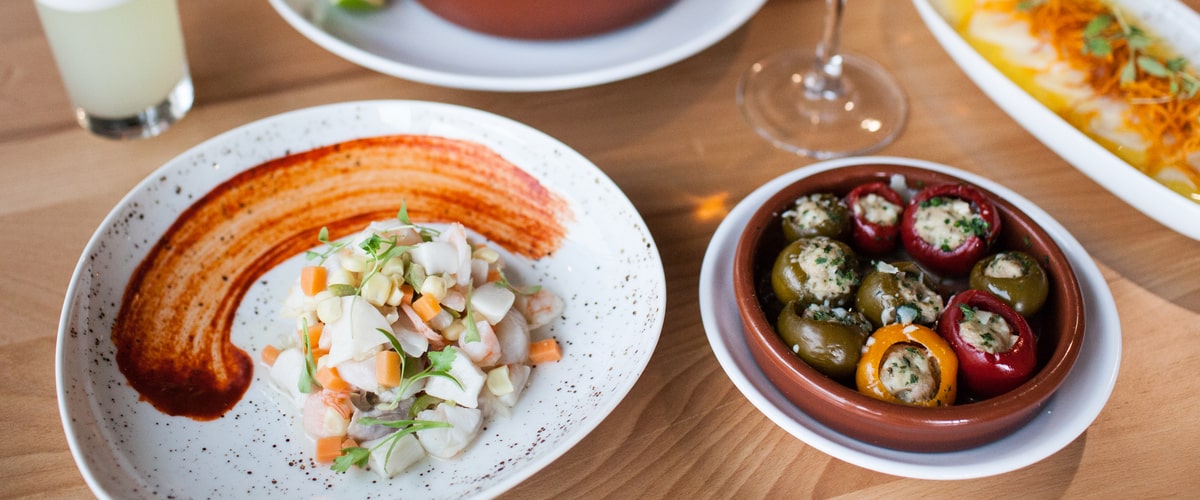
When it comes to creating a dish that is not only balanced but also packed with flavor, it's all about contrasting elements. Think about it: the sweet and tangy notes of balsamic vinegar paired with creamy avocado slices, or the sharpness of cheddar cheese with the earthiness of roasted broccoli. These contrasting flavors, textures, and colors not only make a dish visually appealing but also keep your taste buds guessing with every bite. With the right balance of contrasting elements, you can elevate any dish from ordinary to extraordinary. So get creative and don't be afraid to experiment with different flavor profiles and textures – your taste buds will thank you!
Tips on how to use herbs and spices for unique flavor combinations
Herbs and spices are like the secret ingredients to unlocking unique flavors in your dishes. With a little creativity and experimentation, you can take your meals from bland to bold. First and foremost, knowing the flavor profile of each herb and spice is crucial. Some, like basil or cumin, are quite pungent and assertive, while others, such as thyme or nutmeg, are more subtle and warm. To create a well-balanced flavor, it's important to use a variety of herbs and spices in small amounts. Additionally, don't forget to consider the cooking method - some spices, like paprika, are best used early on in the cooking process to release their full flavor, while others, like parsley, are best added at the end as a garnish. Experimenting with various combinations can lead to extraordinary results and make each meal a unique experience. So, get creative and don't be afraid to try new flavor combinations to take your dishes from ordinary to extraordinary.
In conclusion, the culinary world of food pairing is an art that requires knowledge and experimentation. Whether you’ve been a chef for years or just dipping your toes in the food-loving pool, understanding why ingredients taste best together and how to use contrasting elements can set your dishes apart from the rest. Start by using different taste profiles like sweet, sour and salty as a guide when combining ingredients, then explore regional cuisine to discover new flavor combos. Finally don’t forget that fresh herbs and spices are an essential way to take any dish up a notch, allowing you to create unique flavor compositions to delight your family and friends. Food pairing doesn’t have to be intimidating; in fact embracing this technique enables one’s passion for creating delicious dishes with confidence. So get creative, experiment with flavors and get ready for some amazing culinary adventures!




